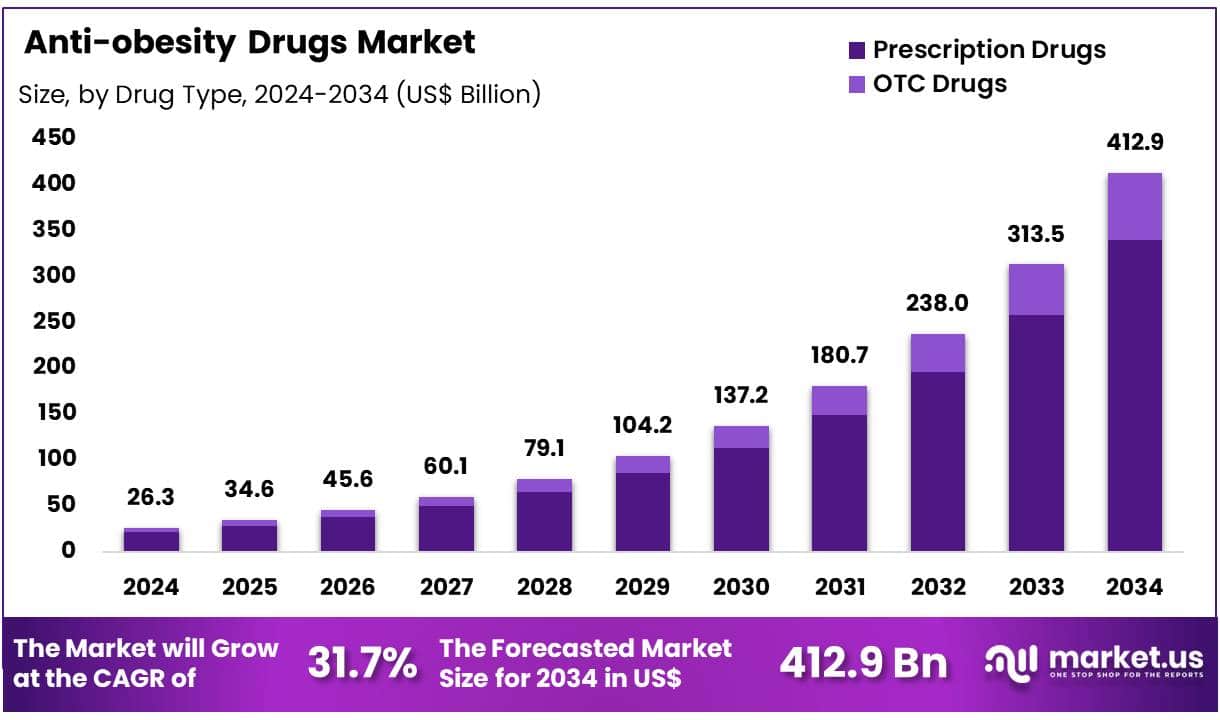
Injectable peptide medications that aim at the glucagon-like peptide 1 (GLP-1) receptor have transformed treatment strategies for diabetes and obesity, significantly enhancing revenues for Novo Nordisk and Eli Lilly. Growing evidence is highlighting the wider therapeutic advantages of GLP-1 drugs, with active clinical trials underway for metabolic liver disease, cardiovascular conditions, chronic kidney disease, and various neurological disorders.
Nevertheless, the current peptide-based medications are costly to produce and administer due to their inability to withstand stomach conditions, making injections necessary. The sole approved oral GLP-1 formulation, Novo Nordisk’s Rybelsus (semaglutide), integrates the same peptide found in injectable Ozempic and Wegovy formulations along with an absorption enhancer (SNAC), requiring substantial peptide doses and specific consumption conditions to guarantee effectiveness.
Pharmaceutical firms are competing to develop an oral small molecule substitute. Eli Lilly is in the lead, presenting positive phase 3 clinical trial results for its daily pill orforglipron, which has proven to be safe and effective in achieving substantial weight loss, albeit slightly less impressive compared to injectable peptides. GLP-1 drugs act on GPCR proteins that facilitate chemical signal transduction across cell membranes. Novo Nordisk and Pfizer have dedicated decades to stabilize GLP-1 peptides to make them viable for drugs. Lilly’s tirzepatide (Mounjaro and Zepbound) similarly modifies the associated GIP hormone.
Creating small molecule drugs for GPCRs poses challenges, as peptide hormones participate in extensive binding interactions with receptors, and replicating these interactions with small molecules is intricate, particularly in achieving optimal pharmacological and drug-like attributes. Advancements in receptor structure imaging and dynamic modeling are crucial in GPCR drug discovery, despite the complexities introduced by the size of small molecules.
Lilly’s orforglipron, discovered by Chugai Pharmaceuticals and licensed in 2018, stands as the first oral small molecule GLP-1 medication to complete phase 3 trials successfully, displaying significant weight loss over 40 to 72 weeks. The company is poised to seek regulatory approval shortly.
Pfizer encountered hurdles, including trial suspensions for its candidate danuglipron due to possible liver toxicity and the halting of developments on other oral GLP-1 candidates owing to adverse side effects. The liver, receiving the highest doses in oral medications, frequently contributes to drug failure due to toxicity. Designing selective allosteric modulators might assist in targeting novel binding sites, thereby minimizing off-target side effects.
Novo Nordisk’s collaboration with Septerna aims to discover and develop oral small molecule medications targeting obesity and cardiometabolic conditions. Septerna’s platform identifies a novel allosteric site for potential drug binding, allowing selective modulation of GLP-1 receptor activity. This initiative could yield more refined drugs with reduced side effects.
Simultaneously, Roche acquired Carmot Therapeutics for its once-daily oral GLP-1 drug, CT-996, crafted for improved pathway selectivity and reduced side effects. Investigating multiple receptor-targeting medications aligns with observations that tirzepatide surpassed semaglutide by engaging both GLP-1 and GIP receptors.
The advancement to oral small-molecule GLP-1 drugs relies on achieving injectable performance standards while minimizing side effects. Patients familiar with injectable forms may continue to prefer them due to ease of administration, particularly with enhanced formulations. The future will hinge on clinical results and acceptance within the medical landscape.